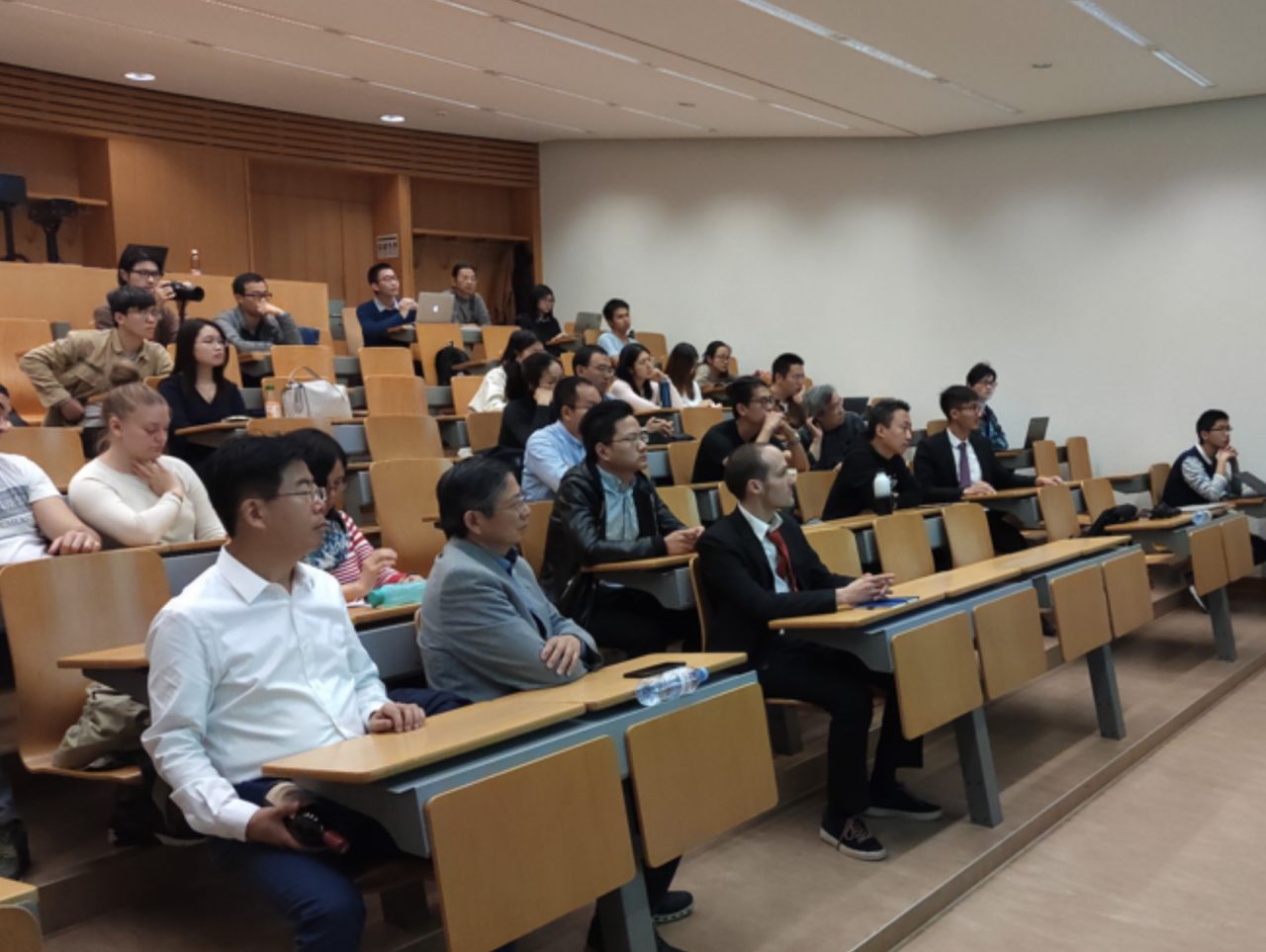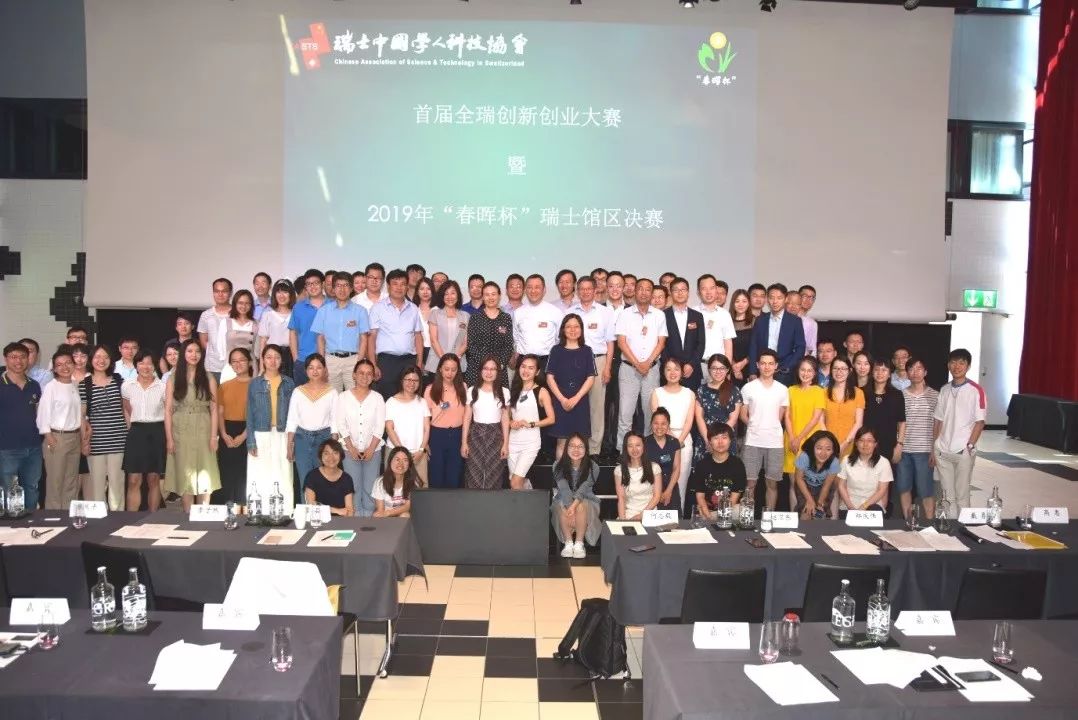16:00-20:00, Saturday, July 26th, 2014
HCI J498, ETH Hönggerberg, Zurich
瑞士中国学人材料科学与技术协会将于2014年7月26日星期六下午4-5点组织第二次材料科学博士论坛。本次论坛特邀南京大学化学化工学院的材料学专家肖守军教授做报告。肖教授曾留学瑞士, 并于1999年获得ETH材料系博士学位。 现在的研究方向主要包括晶硅表面的共价偶联反应、红外光谱表征、选择性图案化、光电特性、及在生物检测和能源领域的应用, DNA/RNA纳米技术等。 肖教授与瑞士材料学课题组拥有广泛的合作。 本次报告将包括45 分钟讲座和15分钟的讨论时间。 报告结束后在Hönggerberg 山上组织烧烤,欢迎感兴趣的在瑞学人参加。如果您希望在我们以后的论坛中做学术报告, 也真诚欢迎您联系我们。
协会为学生会员给予路费补助。本次活动人数限定为50人,因此报名截止时间是7月24曰(周四)18:00,欢迎大家积极踊跃报名参加这次活动。
[googleapps domain=”docs” dir=”forms/d/1HWMnNL3XR-lwqWfHUiZwpiH7izPKwYK0HA89wLxdqIE/viewform” query=”embedded=true” width=”760″ height=”700″ /]
报告摘要
MTR-IR, Silicon Surface Hydrosilylation Chemistry and Nano-Patterning
Silicon (Si) has played and continues to play an important role in our human being’s life. Functionalization and patterning of silicon by surface chemistry possess a variety of applications in nanoelectronics, solar cells, and biotechnology. Combination of nano-fabrication and site-directed covalent attachment of polymer brushes on silicon is a new research topic we are trying to develop. This is not only because of the ubiquitous presence of silicon in microelectronics and solar cell panels, but also the unique properties of the Si-H bonds on the etched silicon surface, especially their reactivity towards different organic and organometallic molecules. To address the surface chemistry of silicon, we developed Multiple Transmission-Reflection Infrared Spectroscopy (MTR-IR), which has the same sensitivity as the Multiple Internal Reflection Infrared Spectroscopy (MIR-IR) but is much convenient to use. By means of infrared spectroscopy, we can monitor the quality and quantity of functional species, the secret of surface reaction mechanisms, and even measure the impurity content in silicon industry.
Nano-patterning of silicon is carried out with block co-polymer nano-lithography and/or colloidal lithography. By coating metal (Pt, Au, Ag, etc.) and HF-etching-resistant layers at their respective region, nano-patterning wells with pendant Si-H bonds can be etched by HF solution. The Si-H pendant bonds will be converted to organic and polymer functionalities. Thus, selective functionalization of nano-wells on silicon can be realized. These polymer nanopatterns covalently grafted on Si have a variety of applications.
DNA Nanotechnology Based on Small Circular DNA Molecules
DNA nanotechnology pioneered by Prof. Nadrian C. Seeman has been developed over years. The DNA nano-architecture consists of using rigid DNA tiles to build 0, 1, 2, and 3-dimentional (abbreviated as 0, 1, 2, and 3D) nanostructures, where DNA tiles are mainly constructed with linear strands by Watson-Crick base-pairing. The mechanical properties of small circular DNAs (tens to a hundred more base pairs) such as bending, twisting, curving, kinking, stressing, rigidity and disruption have attracted scientists’ great interest because they relate closely to the secret of our life – molecular mechanisms and functions of all kinds of DNA topological structures. In addition, such molecular scale and geometry fit well the model system of mathematical topology for quantitative analysis. However the double helix DNA minicircles have not yet been well-recognized as rigid motifs in DNA nanotechnology. We address these small circular DNAs can play as rigid motifs to construct nanotubes.1
In addition, to explore new sources for DNA and RNA nanotechnology, long repetitive DNA and RNA strands produced by rolling-circle-amplification (RCA) and rolling-circle-transcription (RCT) respectively can act as scaffolds to be folded by a few short DNA staple strands into several kinds of nano-shapes.2,3
The significance of the small circular DNA molecules based DNA/RNA nanotechnology lies in the design flexibility of both staple and scaffold strand codes, simplicity of a few short staple strands to fold the scaffold strands, and low cost. Such DNA minicircle-based nano-architecture might provide a new perspective for understanding the mechanic properties of circular DNAs.
1 Small Circular DNA Molecules Acted as Rigid Motifs to Build DNA Nanotubes, Hongning Zheng, Minyu Xiao, Yinzhou Ma, Qin Yan, Shou-Jun Xiao, J. Am. Chem. Soc. DOI: 10.1021/ja504050r
2 RCA Strands as Scaffolds To Create Nanoscale Shapes by a Few Staple Strands, Yinzhou Ma, Hongning Zheng, Cuie Wang, Qin Yan, Jie Chao, Chunhai Fan, Shou-Jun Xiao, J. Am. Chem. Soc., 2013, 135, 2959.
3 Periodical Assembly of Repetitive RNA Sequences Synthesized by Rolling Circle Transcription with Short DNA Staple Strands to RNA/DNA Hybrid Nanowires, Hongning Zheng, Yinzhou Ma, Shou-Jun Xiao, Chem. Commun. 2014, 50, 2100-2103.



